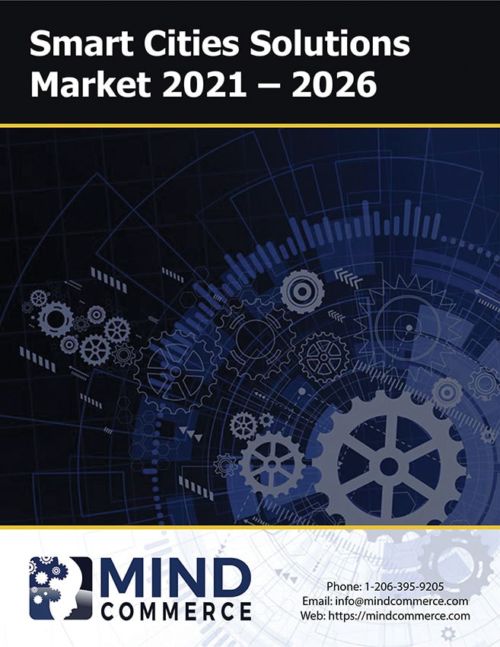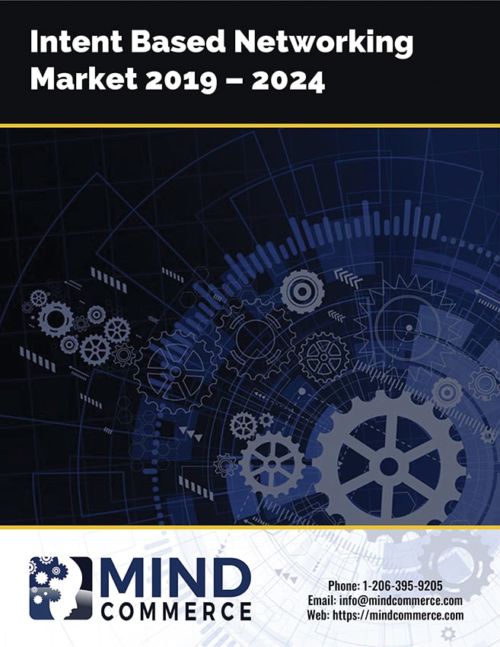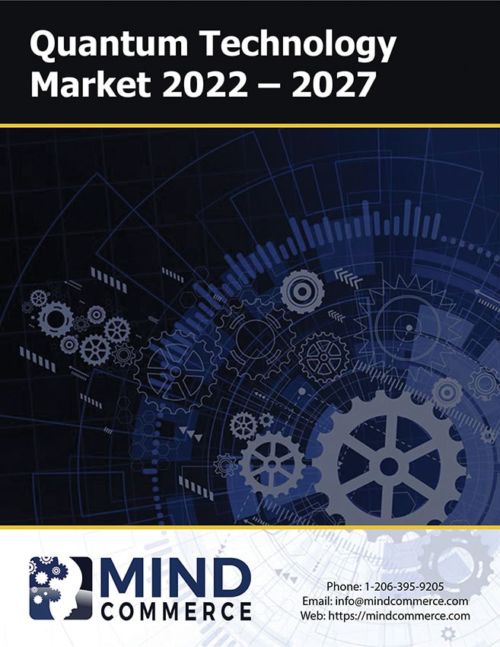Description
This 5G technology market report evaluates the outlook for technology development, infrastructure, devices, applications, and services. The report also assesses the technologies, capabilities, and anticipated communications and computing solutions beyond 5G. The report provides analysis for leading 5G and edge computing supported applications and services along with forecasting from 2022 to 2025, and in some cases, through 2030.
5G Technology Market Dynamics
5th generation mobile networks (5G) is a major phase of mobile communications. 5G is poised to deliver higher data transfer rates for mission-critical communication. The 5G technology market will allow massive broadband capacities enabling high-speed communication for various industries and applications such as live TV, IoT, robotics, and AI applications.
It is also a new standard that relies upon various supporting technologies including millimeter-wave propagation, IPv6 transmission protocol, and many others including some that are still in the R&D stage with major infrastructure providers. Among other major differences as compared to the fourth generation of cellular, 5G network demands higher data rate in a range of several gigabits per seconds (Gbps) and this can be achieved using steerable antennas with Millimeter Wave (mmWave) technologies.
5G is the Foundation of AI Autonomy and IoT Automation in Enterprise and Industrial Sectors
The 5G technology market will consist of a transformed Radio Access Network (RAN) and Core Network (CN) for carriers. There were changes with LTE, such as leveraging IP Multimedia Subsystem (IMS) for Voice over LTE (VoLTE). However, the changes with 5G are considerably larger, and the infrastructure is much more purpose-built with an emphasis on a Services Based Architecture (SBA) approach.
This SBA approach will include tight integration with edge computing networks as identified by the European Telecommunications Standards Institute (ETSI) for integration with Multi-access Edge Computing (MEC). This will be deployed in a manner in which MEC supports 5G to preserve the tremendous throughput and latency improvements that will be gained by using 5G versus LTE.
Many enterprise and industrial solutions will emerge that depend upon 5G that were previously impractical due to limitations of other wireless technologies. For example, WiFi is not reliable enough for certain IoT related applications such as a sensor that wakes up to send a message about critical measurements for industrial equipment.
However, 5G technology (and resulting apps and services) are anticipated to be largely a stepping stone to the 6G technology market. Stated differently, just as 3G did not add substantive value, largely a bridge to 4G/LTE, the research team also sees 5G acting as a catalyst for the 6G market.
Mind Commerce sees a few key reasons including: (1) 5G will have minimal effect in the near-term for the consumer segment, (2) Advanced 5G and edge computing supported private wireless solutions for enterprise and industrial sectors will facilitate innovation in smart buildings, smart factories, and automation in general, and (3) 5G will pave the way for the expansion of immersive technologies (AR, VR, and haptic Internet), but a truly rich user experience will not come until the 6G technology market is fully developed.
5G Technology Market Report
This report evaluates the outlook for 5G technology, infrastructure, devices, applications, and services. The report also assesses the technologies, capabilities, and anticipated communications and computing solutions beyond 5G. The report provides analysis for leading 5G and edge computing supported applications and services along with forecasting from 2022 to 2025, and in some cases, through 2030.






